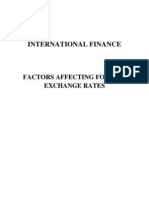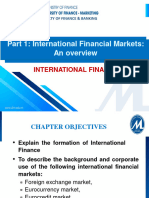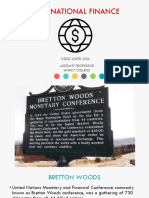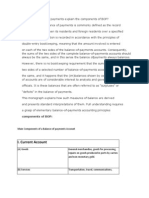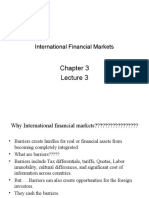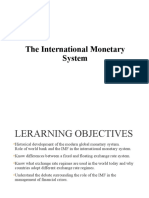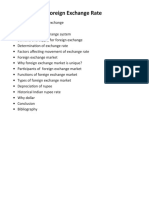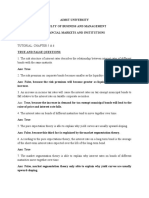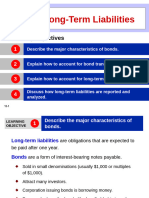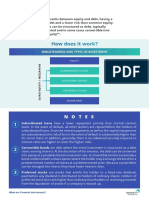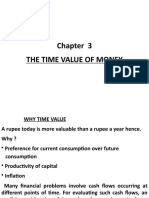0% found this document useful (0 votes)
8 views97 pagesSlide Tieng Anh
The document provides an overview of international finance, focusing on the balance of payments, factors affecting international trade and capital flows, and the role of financial markets. It discusses exchange rate determination, government influence on exchange rates, and arbitrage opportunities in foreign exchange markets. Additionally, it explores theories such as Purchasing Power Parity and the International Fisher Effect to explain currency value movements.
Uploaded by
Vũ ThưCopyright
© © All Rights Reserved
We take content rights seriously. If you suspect this is your content, claim it here.
Available Formats
Download as PDF, TXT or read online on Scribd
0% found this document useful (0 votes)
8 views97 pagesSlide Tieng Anh
The document provides an overview of international finance, focusing on the balance of payments, factors affecting international trade and capital flows, and the role of financial markets. It discusses exchange rate determination, government influence on exchange rates, and arbitrage opportunities in foreign exchange markets. Additionally, it explores theories such as Purchasing Power Parity and the International Fisher Effect to explain currency value movements.
Uploaded by
Vũ ThưCopyright
© © All Rights Reserved
We take content rights seriously. If you suspect this is your content, claim it here.
Available Formats
Download as PDF, TXT or read online on Scribd
/ 97

















